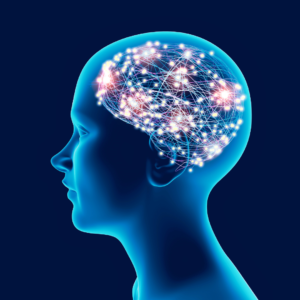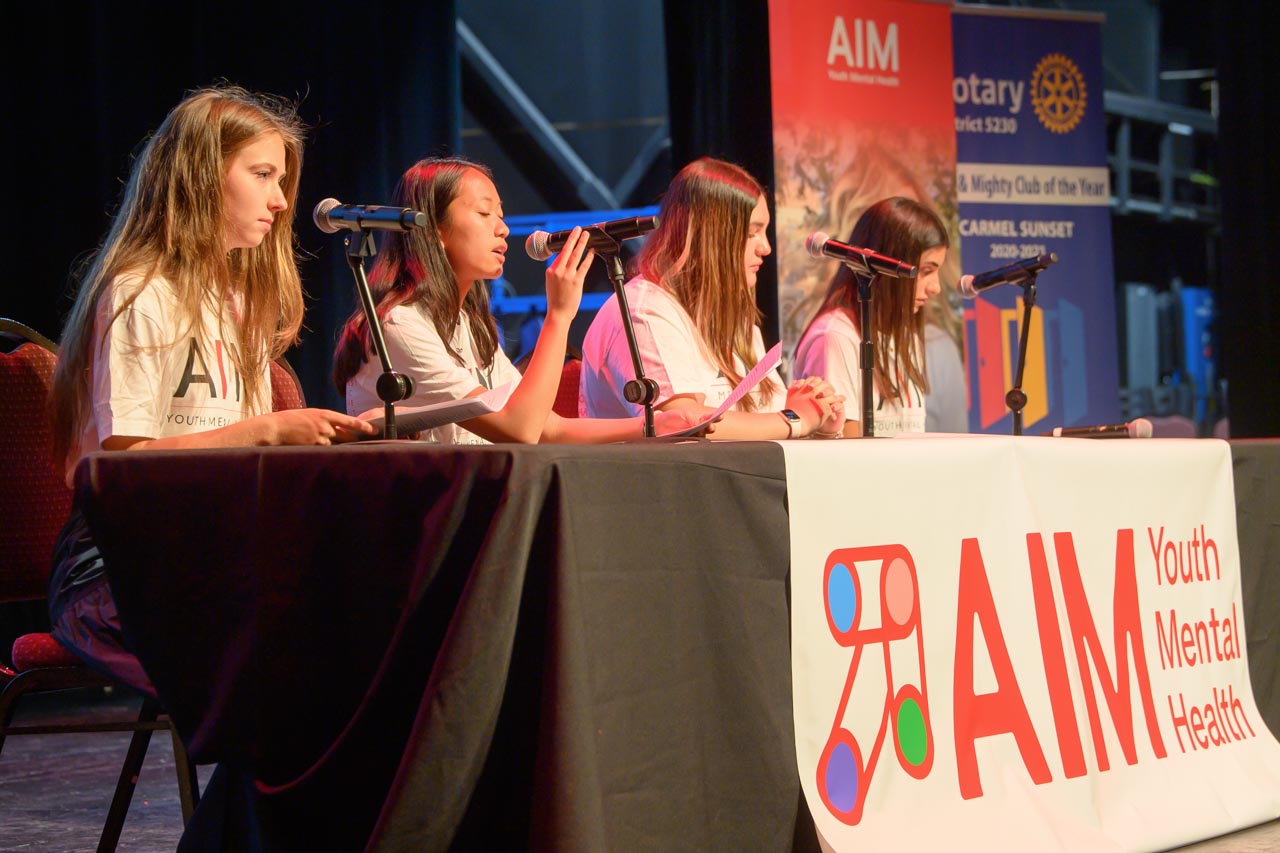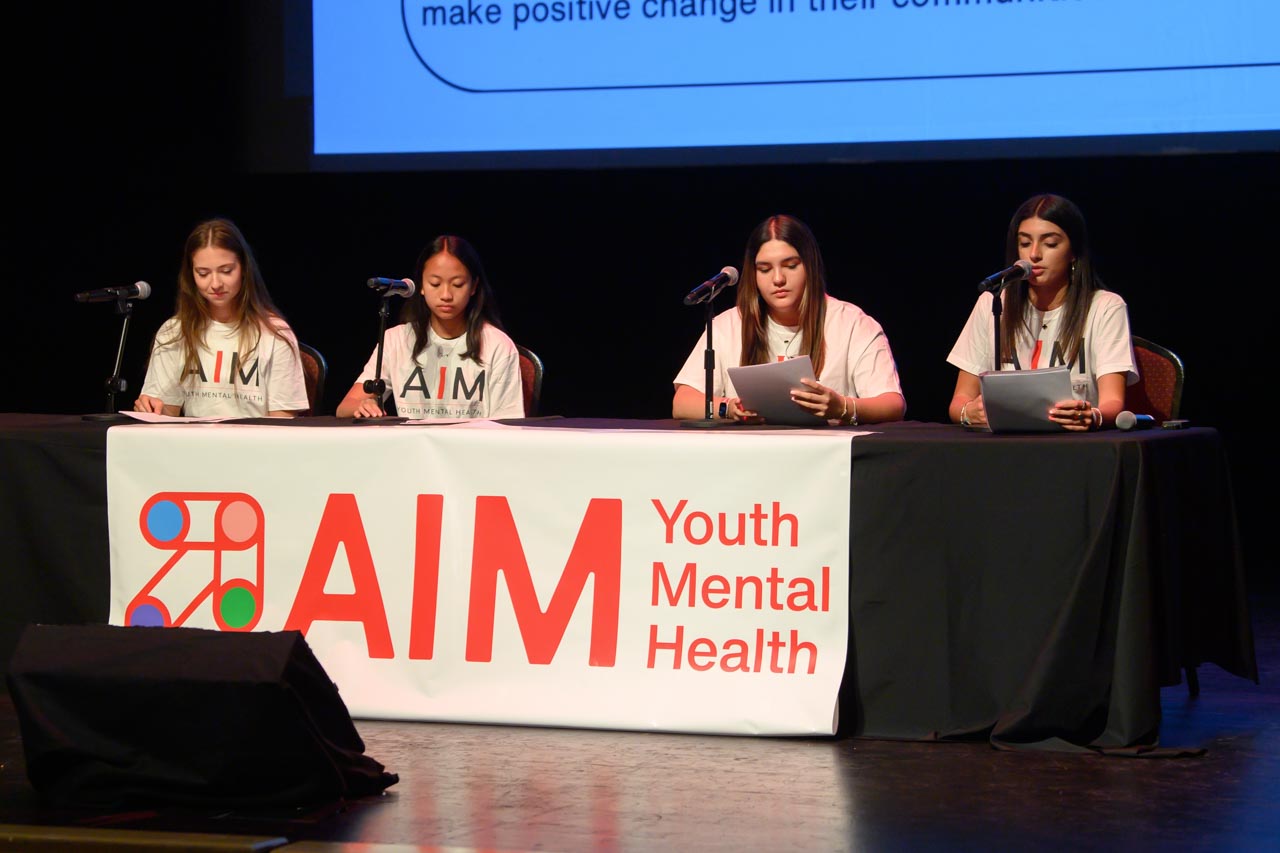New findings from neuroscientist Damien Fair’s research may lead to better brain health for children and point to more targeted therapies for youth with mental disorders.
By Jill Suttie
Children who suffer from mental disorders are at great risk for future problems with their health, relationships, and work lives. That’s why finding effective therapeutic treatment for kids suffering psychologically is important—to catch issues early, before they become chronic.
But, many evidence-based treatments (for things like depression, anxiety, autism, and eating disorders) only help a proportion of the children using them. There are always kids that don’t respond well to treatment or drop out early, and the reasons for that are not always well understood.

Could the way we offer mental health services to youth be improved? Neuroscientist, Damien Fair, who recently joined AIM Youth Mental Health’s Scientific Advisory Board (SAB), believes it can. It’s part of the reason he co-created the Masonic Institute for the Developing Brain within the University of Minnesota, where his interdisciplinary team studies children’s brains using fMRI technology and applies the findings to improve youth mental healthcare.
Fair’s research has zeroed in on what researchers call “resting state” brain connectivity—how different parts of the brain communicate with each other when a person is not involved in any particular activity. One of his most important discoveries is that the brain connectivity in youth with mental health issues can vary widely, even though they seem to have the same outward symptoms. His findings point to the need for mental health providers to move beyond a one-size-fits-all approach to therapy and better tailor treatments to the individual child.
I spoke with Fair about his research and what it means for the future of youth mental health.
Jill Suttie: You study activity in the brains of children when the brain is in its resting state. What’s happening in the brain during that time?
Damien Fair: There are lots of different things happening then, actually, including the consolidation of memories. But, one important thing is that the brain is making sense of the world around you.

For example, there is an almost unlimited amount of visual information that exists outside of us, but only a small bit actually hits our retina, with resolution on the order of a Blue Ray DVD. By the time that information gets to its next landing spot in the middle of the brain (the thalamus), that information has degraded to that of a standard TV. And, when it goes to the next spot (the visual cortex), the resolution is way down to something like a video phone. By the time that information reaches your conscience, it’s so low resolution that there’s not even enough information for video. So, the question is, How does the brain provide you with an experience of the world that is better than a Blue Ray DVD?
Essentially, it does that by constantly building a schema of the world around you, guessing what’s in front of it without having the full picture. The brain’s spontaneous activity [occurring during its resting state] is helping to build that schema to maintain your representation of the world. This is the reason magicians have jobs. They’re able to trigger things that exist inside your head that make you feel like you’re seeing something that’s not there.
JS: What’s one of the most surprising discoveries you’ve made about brain connectivity in children?
DF: One important thing is that we’re learning more and more about just how variable people are—on an order that we probably haven’t appreciated in the past. In a lot of studies on mental health disorders (like ADHD) or on things like poor working memory, we tended to just assume that the brain functions the same from person to person. But, we’re realizing there’s a ton of individuality in how a brain accomplishes a typical task or behavior. And, once you recognize this, characterizing people by their behavior becomes more difficult.
Here’s an analogy I like to give from my previous life as a clinician. I ran a stroke team at Yale New Haven Hospital, and when someone came into the emergency room having difficulty speaking or facial droop, or being unable to move one side of their arm, you knew without doing anything that they’d had a stroke. But, you didn’t treat them until you’d put them in a CT scanner or MRI to find out if the same outward appearance was caused by an ischemic or hemorrhagic stroke. Those two causes, housed in the brain, require completely opposite treatments. But, they look alike in terms of outward appearance.
For mental health and behavior, that level of heterogeneity inside the brain also exists, alongside outward signs and symptoms. And, it’s likely limiting our ability to develop novel treatments and think through proper prognoses. So, understanding that heterogeneity better has big implications.
JS: If you look at a particular mental disorder—like, autism, for example—it’s clear that not every child develops autism, right? So, are there common connectivity patterns that help explain why one child has autism and another doesn’t?
DF: We don’t really know. But, it’s definitely not likely that every single child or adult that’s been affected with autism has a different mechanism for that behavior. There’s going to be consistency across some individuals. So, identifying those clusters or groups of folks is part of our challenge.
Even looking at the genetics, we know there are rare genetic variants that are clearly causing autism disorder and have a huge impact on behavior. But, there are other children with autism where the rare variants aren’t there, and it’s likely some other mechanism is responsible. It’s not necessarily the same for everybody. These are complex questions, and we don’t have all the answers yet. But, that’s why we’re doing the research.
JS: Do you think your studies of brain connectivity might lead to more effective treatments?
Absolutely. There are a lot of potential opportunities where imaging may be helpful—for example, with big population studies, like the Adolescent Brain and Cognitive Development study or the UK-Biobank Brain Study, both of which have tens or even a hundreds of thousand participants. Using brain imaging can tell us population level questions for healthy brain development, similar to our understanding that lead exposure can have negative effects on kids’ brains. It can also help us understand the effects of different types of exposures and treatments on healthy brain development at the population level.
Now, those are large-scale population studies. But, another way that we could help is by providing more personalized treatment. The variability within the brain is quite high from person to person, so we can use information on how an individual’s brain is organized to improve therapies. For new technologies, including noninvasive neuromodulation techniques that are now FDA-approved for depression and OCD [Obsessive Compulsive Disorder], we can target that treatment based on really high precision functional mapping.
The last way is by looking at the efficacy of new therapies. There’s lots of individual variability of different types of therapies that work or do not work. And almost certainly there is an aspect of the underlying heterogeneity that’s contributing to that success or not. With really good fMRI mapping, you can look at the brain before and after someone’s provided with a new type of treatment or intervention and use the brain as a kind of outcome measure. It’s often difficult and slow to develop new types of therapies for mental health patients, because it takes many months before you can see how the therapy is working behaviorally. But, with a precise measurement in the brain, you can start to see a treatment’s efficacy even before behavior change starts manifesting. That could help speed up treatment development a lot.
JS: Your research has shown that brain connectivity patterns seem to be at least partially inherited, but that the kind of nurturing a child receives also affects those patterns. Does that suggest that we need to pay more attention to a child’s early-life living situation?
DF: Certainly. We know that very early periods in brain development are critical for optimal brain health trajectories. But, we tend to put most of our budget toward childcare for school-age kids, starting at age 5 and going through graduation. Extending similar types of support—like, access to childcare, making up for nutritional deficits, etcetera–in the early periods of brain development could be massively impactful for our society at large. In fact, in Minnesota there is a huge push in our state legislature for improved access to care at these very early stages of development because of how important it is for overall brain health.
JS: What is your greatest hope for your research?
DF: I have several goals. One is just increasing our fundamental understanding of brain development and how the brain works. Understanding early brain development can help policy-makers decide things like when should kids start school or what should their lunch look like. I’d like to be able to contribute to that effort.
I also want to put my work in the hands of clinicians, to help them facilitate brain health as part of the care they provide. That’s why, while I do a lot of basic science, I also try to think through how my research can help those who work with youth. It’s an “all-hands-on-deck” effort involving a whole community of people, because, beyond the science itself, we need to understand workflows and healthcare systems and things like that. It’s one of the reasons why MIDB is bringing together clinicians, scientists, community folks, educators, and policymakers all under one roof—to understand not just the science, but the systems that can implement the findings. It’s really kind of an exciting time.
AIM welcomes Dr. Fair to our Scientific Advisory Board where he will work among the brightest minds in youth mental health clinical research and practice to guide AIM’s investments and strategies for immediate and lasting impact.
______________________
About the Author
Jill Suttie, Psy.D., is a free-lance journalist and a staff writer and contributing editor for Greater Good, an award-winning online magazine published by the University of California’s Greater Good Science Center. A psychologist by training, her articles cover scientific research aimed at uncovering the keys to individual wellbeing and a more compassionate society. She also records music and has two CD’s of original songs that can be heard and purchased on her personal website: jillsuttie.com.





